Antique Glassware – Appraising Tips To Keep In Mind While Collecting
Antique Glassware – Appraising Tips To Keep In Mind While Collecting
Collecting vintage and antique items canbe both fun and daunting; you develop an interest in something and start out on your hunt to curate your own collection, but it’s hard to know whichpieces to invest in and which to pass on.
When it comes to glassware, since it’s been in use for thousands of years, there’s a plethora of pieces out there to choose from and in order to have a great collection, it’s important to get to know the value of apiece and make sure that you’re paying a fair price for it.
Below, we’ve included some tips to help you as you grow your collection – good luck!
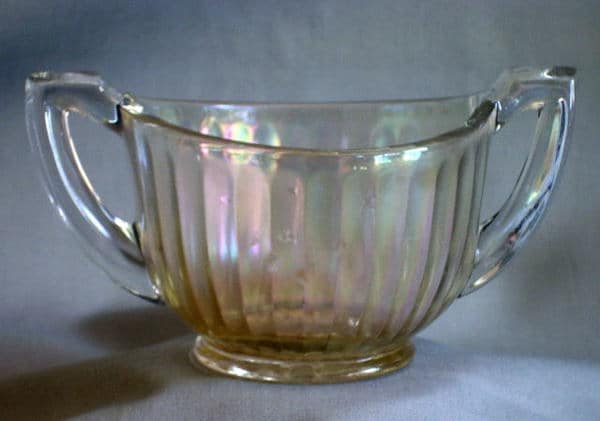
from: Beth Vosmik Formica: “Any idea on the name of this glass pattern? It’s clear glass with a slightly iridescent sheen. Thanks for your help!”
The Basics
- Narrow down the styles you’re interested in, so you know what to look for when you shop.
- Research ahead of time to get familiar with different pieces from different periods; e.g. Carnival glass vs. Depression-era glass. This will help you recognize certain types of glassware.
- Condition. A piece that’s in excellent condition is always worth more than an equivalent piece that’s not in good condition – there’s an exception if an extremely rare piece is in less-than-perfect condition, in which case, it’s still worth more than your average, run-of-the-mill vintage glass.

from: Bonnie Cadle Petty: “4 piece German Cobalt Blue and Pewter Tray 2 glasses and Pitcher. Been in the family fir over 60 years.”
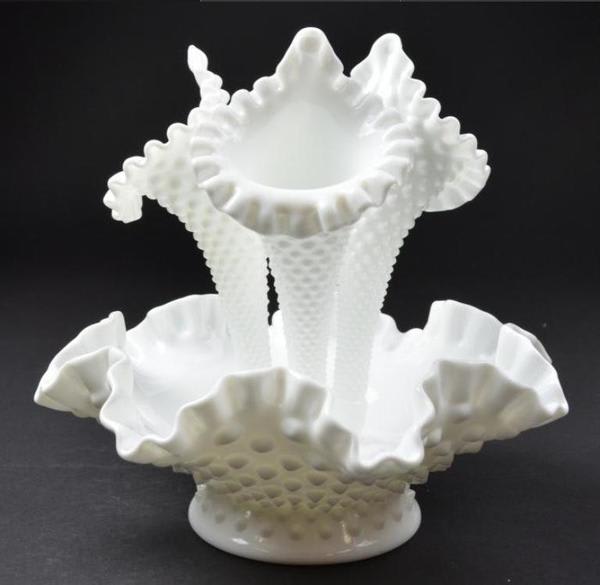
from: Betsy Rettig : “How many people actually use these Fenton Hobnail Milk Glass Epergnes for floral arranging?”

from: Sandy Koslow-Thomas: “Does anyone know about this glassware? My aunt received them as wedding gifts in the early 30’s…”
Indicators And Things To Look For
- Learn to identify whether glass is free-blown, mold-blown, hand-cut, or machine-made. (If mold-blown, glasses where seams are visible are worth less.) This will help you date the glass and determine its value.
- Pay attention to decorative details such as gilded edges or colored glass; if decorative elements extend into stem or base, the glass is usually worth more.
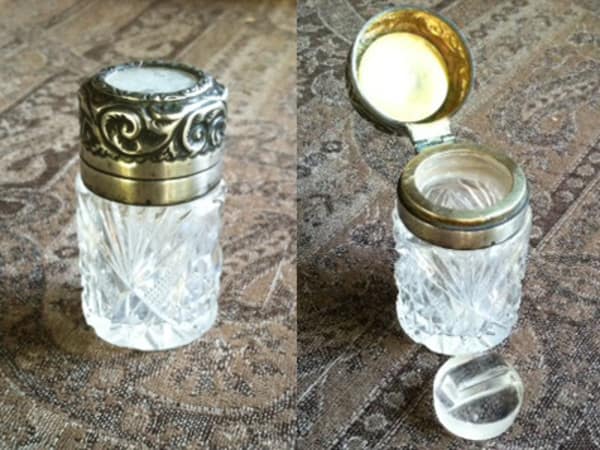
from: Mary Anne Huntington: “This has been in my family for over a 100 years. I was told it was a hair receiver or receptacle, however in researching I have found nothing like it. It is 2-3/4″ tall, 1-1/2″ diameter with a cut crystal bottom and sterling top. It also has a glass stopper seen in the right photo. The markings on the silver can only be marginally seen with a magnifier, but as best as I can describe it is what looks like an S in a circle with a diagonal line through it, three clustered leaves, STERLING SILVER, R&b 1822 FI/E 1718. It also has what looks/feels like a clear plastic insert on the silver top that does not appear to have a way to access it. Given it has a stopper could it be a perfume container or smelling salts container or anything else? Does anyone have any ideas of what it is?”
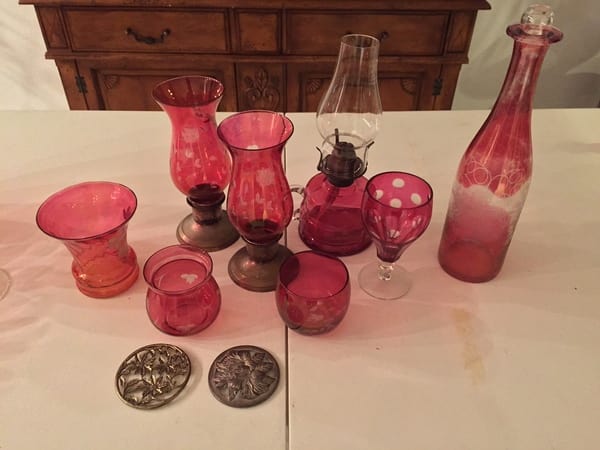
from: Silvia Ortiz Zayas: “Anyone have any idea what these pieces are? I think they are cranberry glass but don’t know much else. “

from: Kristen Mansfield: “Can anyone tell me anything about this decanter and cordial set. I have heard italian murano glass, but I’m not sure. Thanks in advance!”
Famous TypesBrands
- Italian Murano
- Baccarat
- Marquis
- Lalique
- Royal Albert
- Fenton
- Jefferson
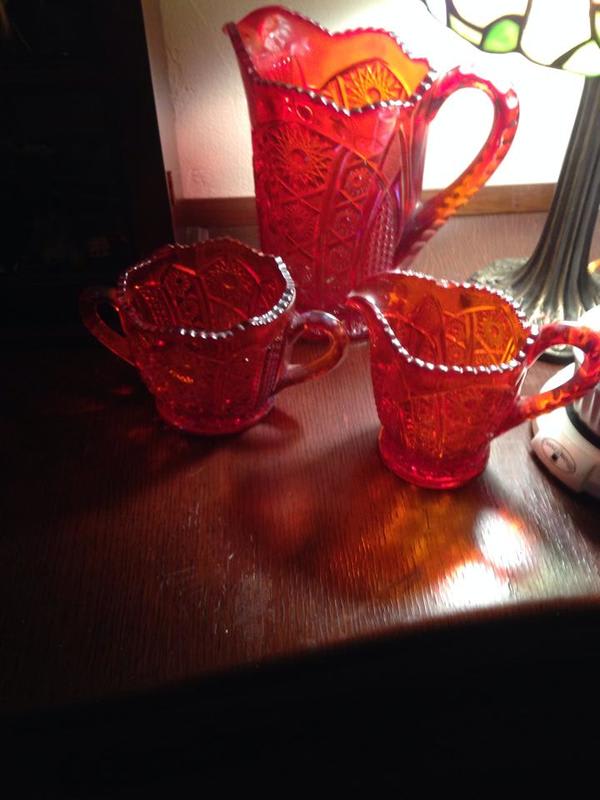
from: Minette Massey Langston: “These were my grandmother’s which where just given to me. There are no markings at all on them anywhere I can find. Doesn’t show well in this picture, but I THINK it’s carnival glass, they are a red with an opalescent look to them in the sunlight. Does anyone have any idea of the age, etc on these? “
SKM: below-content placeholderWhizzco for DOT

